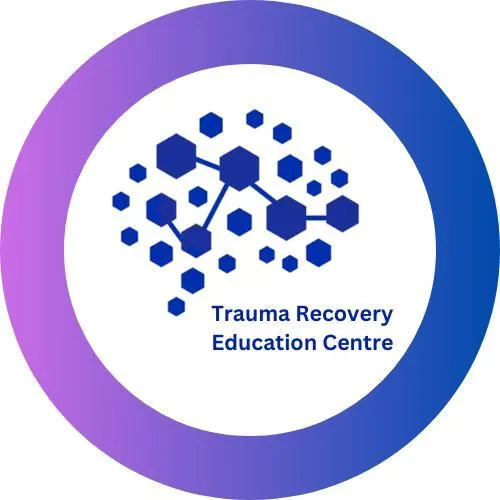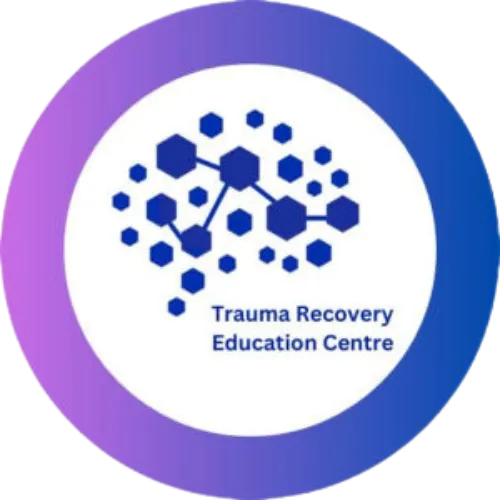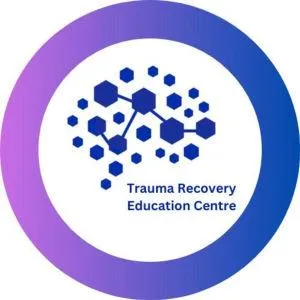

“About PTSD”
PTSD isn't limited to combat veterans—it can affect anyone, regardless of ethnicity, nationality, culture, or age.
According to Veterans Affairs, about 5% of U.S. adults experience PTSD each year—approximately 13 million people as of 2020. Women are twice as likely as men to develop PTSD (8% versus 4%), partly because they more often experience traumas like sexual assault.
In the UK, PTSD affects around 4% of the population (approximately 2.6 million people), excluding cases of complex PTSD. Women aged 16–24 have the highest prevalence, with 12.6% screening positive for PTSD.
START THE JOURNEY
START THE JOURNEY
The American Psychiatric Society States:
"The lifetime prevalence of PTSD in adolescents ages 13-18 is 8 percent. An estimated one in 11 people will be diagnosed with PTSD in their lifetime. Women are twice as likely as men to have PTSD. Three ethnic minorities — U.S. Latinos, African Americans, and Native Americans/Alaska Natives —
are disproportionately affected and have higher rates of PTSD than non-Latino whites".
However, the highest population of PTSD is found in Sexual Assault and Rape Victims, there was a study conducted by which was called
"DSM-IV Diagnosed Post traumatic Stress Disorder in Women Veterans With and Without Military Sexual Trauma".
and was published in the National library of medicine.

PTSD DOES NOT HAVE TO BE A LIFE SENTENCE
Post traumatic Stress Disorder (PTSD) is a psychiatric disorder that can occur in people who have experienced or witnessed a traumatic event, series of events or set of circumstances. An individual may experience this as emotionally or physically harmful or life-threatening and may affect mental, physical, social, and/or spiritual well-being. Examples include natural disasters, serious accidents, terrorist acts, war/combat, rape/sexual assault, historical trauma, intimate partner violence and bullying. It is a psychological alarm response to an external event which perpetuates a specific set of symptoms due to the alarm response continuing after the external event has passed.
The PTSD diagnosis has evolved from the term shell shock ,which was considered following psychological impact of WWI, shell shock then progressed to "combat Fatigue after WWII. However, the diagnosis of PTSD is thought to consolidate the moment when veteran’s suffering with PTSD was acknowledged and put into law (Wessely, 2006: 269).
“Shellshock” and “PTSD”: Two Different Conditions, Two Different Ways of Understanding and Handling War Trauma Author: Daniel Roberts
The University of Essex wrote a comparative article about the evolution of the diagnosis, this is really helpful and will help you understand the different ages of the lifespan.
However, this article will not be relevant to many people who have not experienced War, or have family members who have.
Recovery is possible. People recover every day, however previously PTSD and complex trauma were not recognised and there was no structured approach to resolving the different criteria within a diagnosis. We have moved on, we have evolved, you can recover. Our specialised approach is in line with the National and International Guidelines. We follow a structured and strategic treatment plan which reflects your symptoms and we work with you to resolve your trauma, visit out Trauma Treatment Page
DSM-V CRITERIA - A specific criteria needs to be met to receive a diagnosis of PTSD, many people may have some symptoms following a traumatic event, however a specific amount of
Exposure to actual or threatened death, serious injury or sexual violence in one (or more) of the following ways:
Directly experiencing the traumatic event(s).
Witnessing, in person, the event(s) as it occurred to others.
Learning that the traumatic event(s) occurred to a close family member or a close friend. In cases of actual or threatened death of a family member or friend, the event(s) must have been violent or accidental.
Experiencing repeated or extreme exposure to aversive details of the traumatic event(s) (e.g. first responders collecting human remains; police officers repeatedly exposed to details of child abuse).
Note: Criterion A4 does not apply to exposure through electronic media, television, movies or pictures, unless this exposure is work related.DSM-V CRITERIA B
Presence of one (or more) of the following intrusion symptoms associated with the traumatic event(s), beginning after the traumatic event(s) occurred:
Recurrent, involuntary and intrusive distressing memories of the traumatic event(s). Note: In children older than 6 hears, repetitive play may occur in which themes or aspects of the traumatic event(s) are expressed.
Recurrent distressing dreams in which the content and/or affect of the dream are related to the traumatic event(s). Note, in children, there may be frightening dreams without recognisable content.
Dissociative reactions (e.g. flashbacks) in which the individual feels or acts as if the traumatic event(s) were recurring. (Such reactions may occur on a continuum, with the most extreme expression being a complete loss of awareness of the present surroundings.) Note: In children, trauma-specific re-enactment may occur in play.
Intense or prolonged psychological distress at exposure to internal or external cues that symbolize or resemble an aspect of the traumatic event(s).
Marked psychological reactions to internal or external cues that symbolize or resemble an aspect of the traumatic event(s).
DSM-V CRITERIA C
Persistent avoidance of stimuli associated with the traumatic event(s), beginning after the traumatic event(s) occurred, as evidenced by one or both of the following:
Avoidance of or efforts to avoid distressing memories, thoughts, or feelings about or closely associated with the traumatic event(s).
Avoidance of or efforts to avoid external reminders (people, places, conversations, activities objects, situations) that arouse distressing memories, thoughts or feelings about or closely associated with the traumatic event(s).
DSM-V CRITERIA D
Negative alterations in cognitions and mood associated with the traumatic events(s), beginning or worsening after the traumatic event(s) occurred, as evidenced by two (or more) of the following:
Inability to remember an important aspect of the traumatic event(s) (typically due to dissociative amnesia, and not to other factors such as head injury, alcohol or drugs.)
Persistent and exaggerated negative beliefs or expectations about oneself, others or the world (e.g. “I am bad”, “No one can be trusted”, “The world is completely dangerous”, “My whole nervous system is permanently ruined”).
Persistent, distorted cognitions about the cause or consequences of the traumatic event(s) that lead the individual to blame himself/herself or others.
Persistent negative emotional state (e.g. fear; horror; anger; guilt or shame.)
Markedly diminished interest or participation in significant activities.
Feelings of detachment or estrangement from others.
Persistent inability to experience positive emotions (e.g. inability to experience happiness; satisfaction or loving feelings.)
DSM-V CRITERIA E
Marked alterations in arousal and reactivity associated with the traumatic event(s), beginning or worsening after the traumatic event(s) occurred, as evidenced by two (or more) of the following:
Irritable behaviour and angry outbursts (with little or no provocation), typically expressed as verbal or physical aggression towards people or objects.
Reckless or self-destructive behaviour.
Exaggerated startle response.
Problems with concentration.
Sleep disturbance (e.g. difficulty falling or staying asleep or restless sleep).
Duration of the disturbance (Criteria B, C, D and E) is more than 1 month.
The disturbance causes clinically significant distress or impairment in social, occupational or other important areas of functioning.
The disturbance is not attributable to the physiological effects of a substance (e.g. medication, alcohol) or other medical condition.
Specify whether:
Dissociative Symptoms: The individual’s symptoms meet the criteria for post-traumatic stress disorder, and in addition, in response to the stressor, the individual experiences persistent or recurrent symptoms of either of the following:
Depersonalisation: Persistent or recurrent experiences of feeling detached from, and as if one were an outside observer of, one’s mental processes or body (e.g. feeling as though one were in a dream; feeling a sense of unreality of self or body; or of time moving slowly.)
Derealisation: Persistent or recurrent experiences of unreality of surroundings (e.g. the world around the individual is experienced as unreal, dreamlike, distant or distorted). Note: To use this subtype, the dissociative symptoms must not be attributable to the physiological effects of a substance (e.g. blackouts; behaviour during alcohol intoxication) or another medical condition (e.g. complex partial seizures).
Specify whether:
With delayed expression: If the full diagnostic criteria are not met until at least 6 months after the event (although the onset and expression of some symptoms may be immediate).
American Psychiatric Association. Diagnostic and Statistical Manual of Mental Disorders, 5th Ed. Arlington, VA: American Psychiatric Association; 2013
WE OFFER SOLUTIONS NEVER SEEN BEFORE

© 2025 by Trauma Recovery Education Centre. All rights reserved.
| Terms of Use | Privacy Policy |
© 2025 by Integrated Trauma Solutions. All rights reserved.
| Terms of Use | Privacy Policy |
